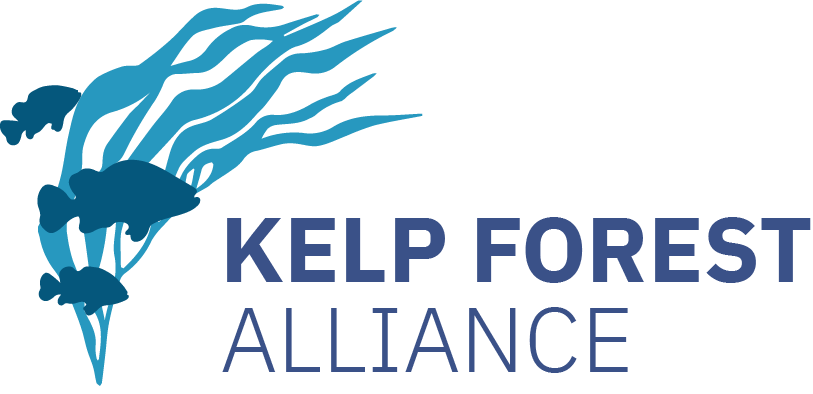Restoration Objective:
Ocean Wise, in collaboration with the Tseshaht First Nation and West Coast Kelp, is transplanting approximately 2,500 kelp plants to a restoration site in the southern Pinkerton Islands in Barkley Sound. The transplant process, known to First Nations in B.C., involves removing a juvenile kelp plant from a farm or nearby kelp forest, moving it to the restoration site, attaching the holdfast (roots) to a rock, and sinking the kelp onto the restoration site. Our objective is to bolster already existing kelp beds to prevent a phase shift in the area, increase biodiversity, contribute to economic stability for the Tseshaht First Nation, and support fisheries in the area.
Site Selection Criteria:
The site was chosen based on four main criteria: aspect, substrate, presense of giant kelp, and slope. The southern Pinkerton Islands provided a variety of areas with appropriate conditions for giant kelp. As well, the site is located within the traditional, unceded territory of the Tseshaht First Nation.




